Life Pre Ditching
All the ditching practices I carried out in the RAAF as a pilot on Orion aircraft came flooding back. On most trips when I was captain and the workload deemed it suitable, I would instigate a practise ditching. This I would do by calling over the public address system on the Orion, “Practice, Practice, Practice, ditching in 90 seconds!” With this the whole crew (normally around 12-13 crewmembers) would prepare for the practice ditching. Up in the cockpit, we would simulate the sea level at an arbitrary figure of say 2,000 feet. This way we would configure the aircraft in the proper configuration of landing gear retracted, full flaps, heading and airspeed. This training was invaluable, and it’s a pity it is not practiced by others in the aviation fraternity.
I consider myself extremely fortunate in the fact that I have received what I believe to be the best training in the world. I commenced flying training with the Royal Australian Air Force (RAAF) No. 80 Pilots Course in January 1971. I made my first solo flight in Winjeel A85-403, on 17th March ’71 and was subsequently posted to No 2 FTS at RAAF Pearce, flying Macchi aircraft in early April of ’71. On the 3rd March ’72 I passed my RAAF Wings Test and was awarded the National Mutual Trophy “for the student who has shown the most improvement on No. 80 Pilots Course.” My RAAF number changed from A46271 to O46271. This simple prefix change referred to a change from the rank of Airman to Officer.
My civilian DC-3 training was conducted by Capt. Terry Blyth, then Chief Pilot for IPEC aviation (12,000 flying hours of the 20,000 he has logged were accrued on DC-3 aircraft). In a reference he wrote for me, he stated;
“During 40 years of active Transport Flying in Civil Aviation, I recall only a few people who impressed me as having outstanding qualities as pilots. Rod Lovell is one of those people.
I have on many occasions had the opportunity of observing Rod’s professional aptitude to his flying on DC3, Argosy, and DC9 type aircraft.
As stated above, I have crewed DC3 type aircraft with Rod on many occasions and I would argue to the end with anyone’s idea of his inability to operate such aircraft.”
I have also been trained and accredited by IPEC Aviation on Argosy and DC-9, Trans Australia Airlines (TAA) DC-9. These were comments written by Captain Frank McIntyre. (ex TAA) when DC-9 simulator assessing me;
3/12/90, “Intensive period covering Base Check Ex, Abnormal circuits, Emergency descent, Windshear, and locator approach all completed to an above average standard.”
5/12/90, “All of F/O Lovell’s periods have been of an above average standard and this was no exception. A good demonstration of how the simulator should be flown.”
The following are some extracts from my various Training Notes;
15/12/89; B747 simulator whilst undergoing simulator instructor (pilot) training, LHS;
“Considering the appalling state of this simulator (not Qantas’s) the exercise was flown to a high standard with very good management & awareness. Procedures very good 3 eng ILS very accurately flown.”
For this simulator exercise, I was awarded a rating of 4 (High Standard) by Senior Check Captain Geoff Jones, and is the highest rating Qantas awards to an exercise.
Professional pilots are not paid for the easy, uneventful trips, but for the demanding skills required to deal with emergencies and the unusual. That is when a professional pilot earns his money.
Unfortunately, not all incidents/accidents are without fatalities. On 25 Sep 1996, The Dutch Dakota association DC-3 crashed in the Wadden Sea about 35 miles north of the Dutch capital, killing all 32 POB. It suffered an engine failure whilst cruising at 800 feet. Sadly, on 11 Jun 93, Monarch Piper Chieftain VH-NDU, crashed with the loss of all 7 people on board, at Young, NSW. That very same evening, Geoff Jones and I crewed ‘EDC into Parkes. The conditions at Parkes were very similar to those at Young. However, we in an old DC-3, carried out a monitored instrument approach, with a circling approach, using monitored approach procedures. Nothing unsafe at all, and we landed safely.
